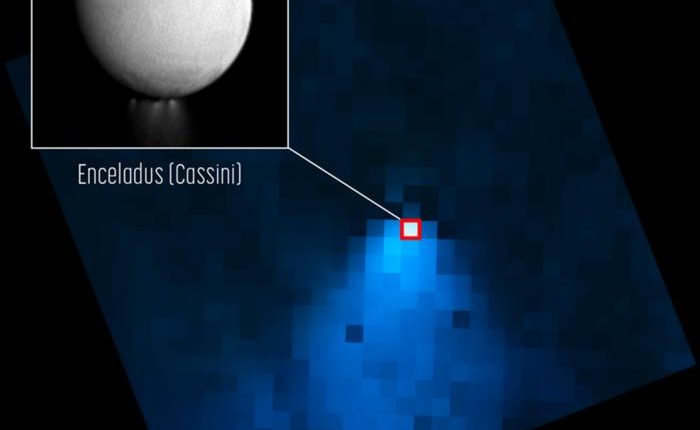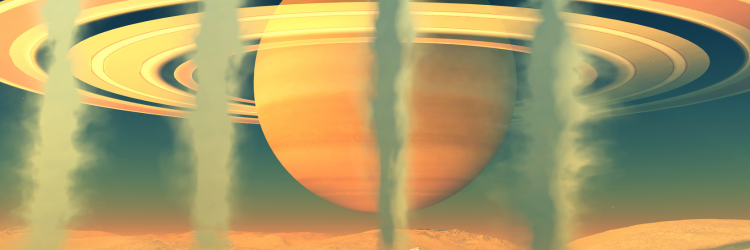James Webb Space Telescope to Observe Alien Geyser Again
Saturn has more moons than any other planet in our solar system. With the recent discovery of 62 new spatial bodies in the system, the ringed planet now has a total of 145 moons, beating Jupiter’s 92, which also increased in February with the discovery of 12 new satellites.
The Cassini spacecraft, which dove into Saturn’s atmosphere in September 2017, was launched in October 1997. It spent 13 years in the Saturn system and discovered that Enceladus, the brightest world in the solar system, was an active moon with a global ocean of liquid, salty water beneath its icy crust. The moon is only 310 miles across (500 kilometers) and regularly jets icy particles filled with simple organic chemicals into the blackness of space, where some of it falls back to the surface, but some of it ends up in Saturn’s E ring, the second-most outer ring.
During JWST’s cycle 1 observation of Saturn, two Southwest Research Institute (SwRI) scientists were part of the team that observed a towering plume of water vapor over 6,000 miles (9,656 kilometers) long. That is roughly the distance between the U.S. and Japan.
“Enceladus is one of the most dynamic objects in the solar system and is a prime target in humanity’s search for life beyond Earth,” said Glein, a leading expert in extraterrestrial oceanography. “In the years since NASA’s Cassini spacecraft first looked at Enceladus, we never cease to be amazed by what we find is happening on this extraordinary moon.”

CREDIT
NASA/ESA/CSA/Alyssa Pagan (STScI)/Geronimo Villanueva (NASA-GSFC)
Using the James Webb Space Telescope’s Near InfraRed Spectrograph, scientists got a closer look at the plume, which is more than 20 times our Moon’s diameter. It stretched far beyond what they imagined and feeds the water supply of Saturn’s entire system.
Enceladus’ orbit is 33 hours long. The water it constantly spews forms a halo, or donut, as it moves. Roughly 30% of this water remains in the moon’s wake, while the other 70% escapes into the Saturnian system.
Due to these observations, SwRI scientist Christopher Glein and his team got time in cycle 2 to do a more in-depth study as they look at the key chemical compounds on Enceladus’ surface with habitability in mind.
“We will search for specific indicators of habitability, such as organic signatures and hydrogen peroxide,” Glein said. “Hydrogen peroxide is particularly interesting because it can provide much more potent sources of metabolic energy than what we previously identified.”
These new observations are the best remote opportunity to search for habitability indicators on Encaledus’ surface, and to determine if Orbilander—a spacecraft that can serve as both orbiter and lander—can take ocean samples near the moon’s equator.

